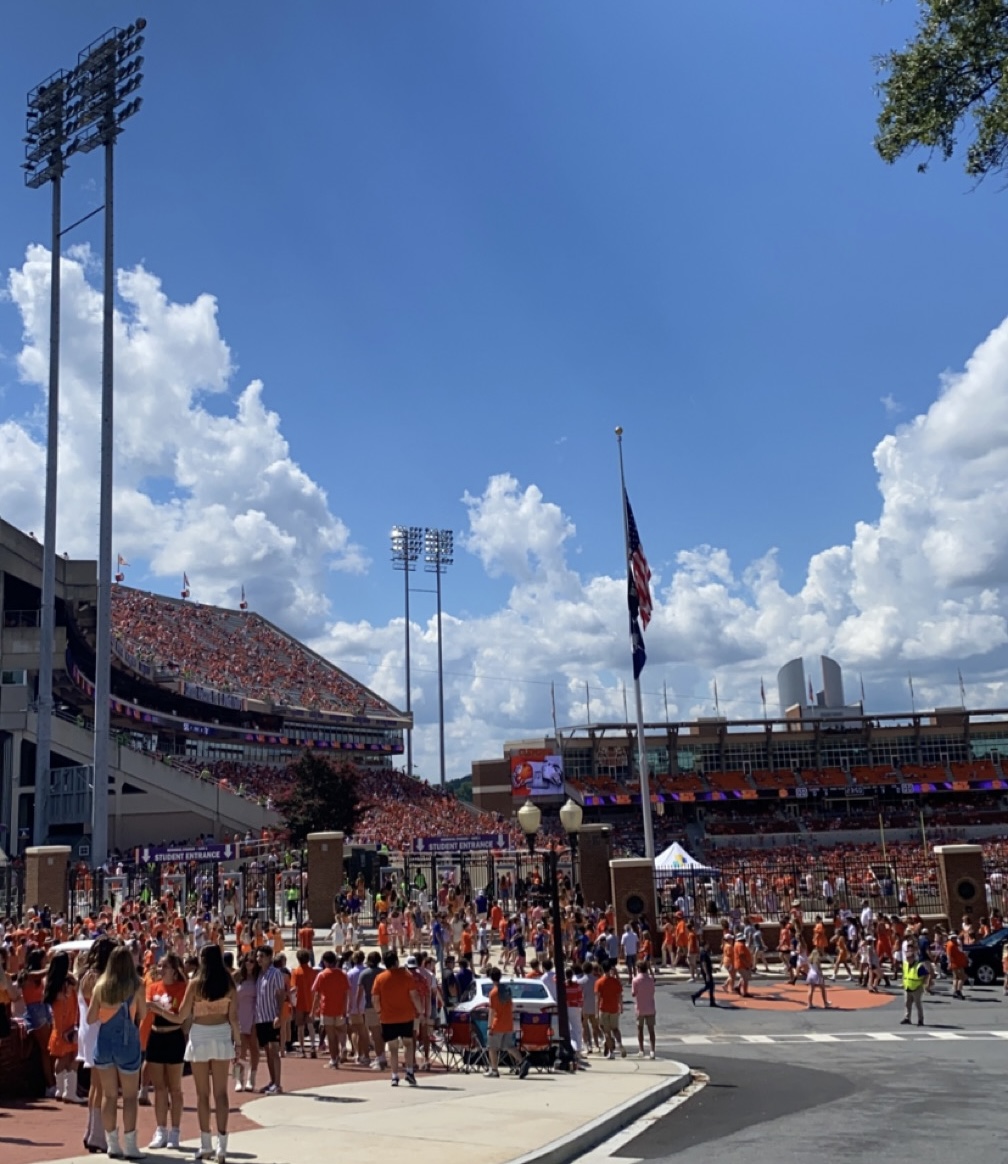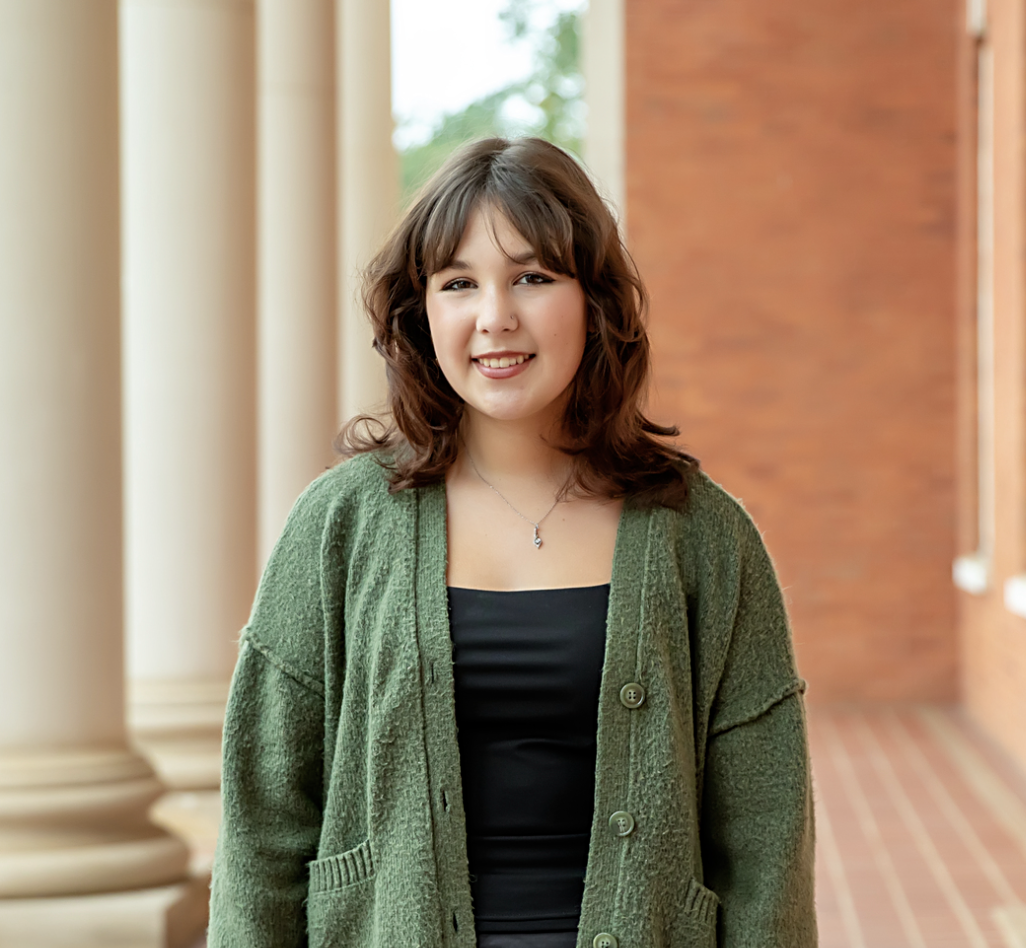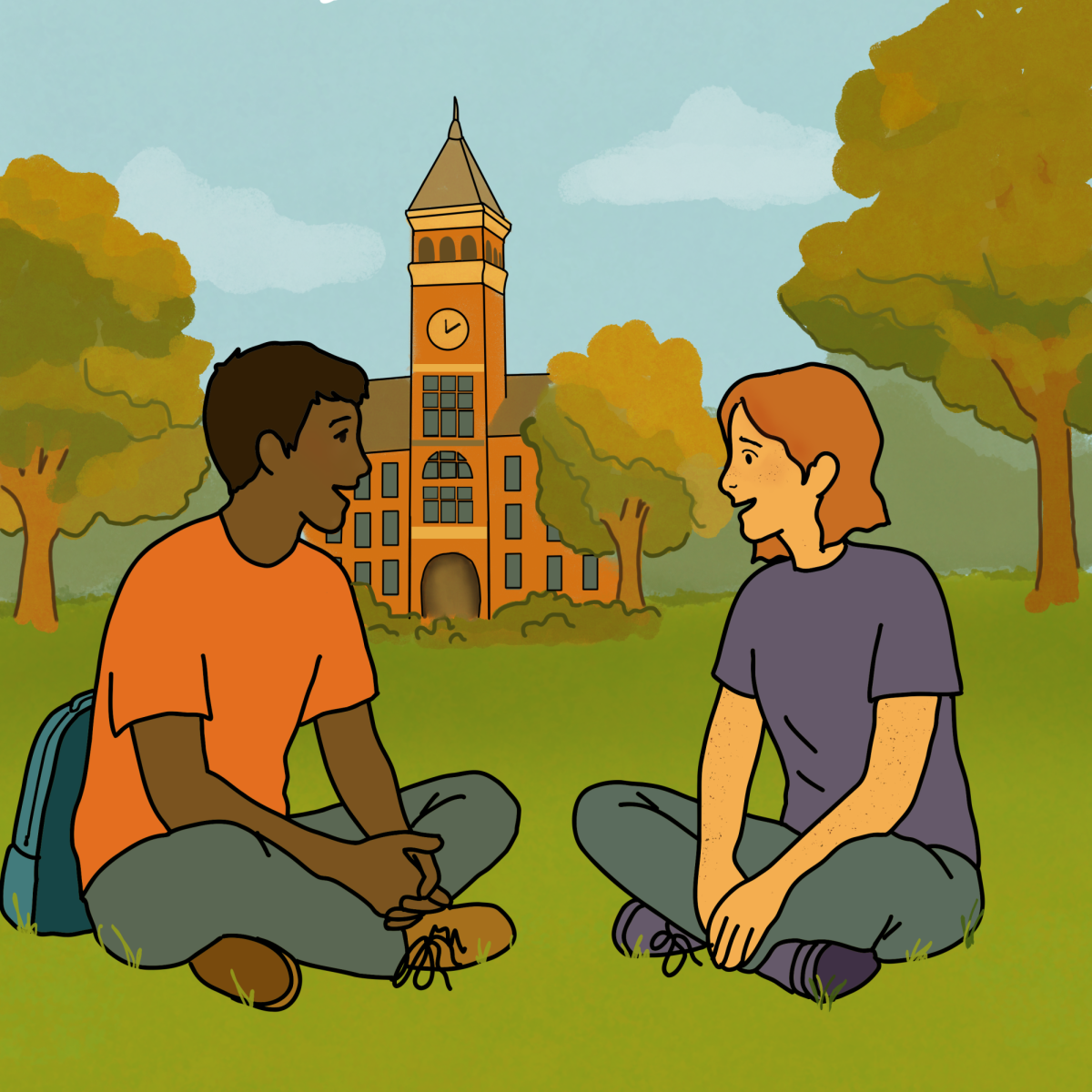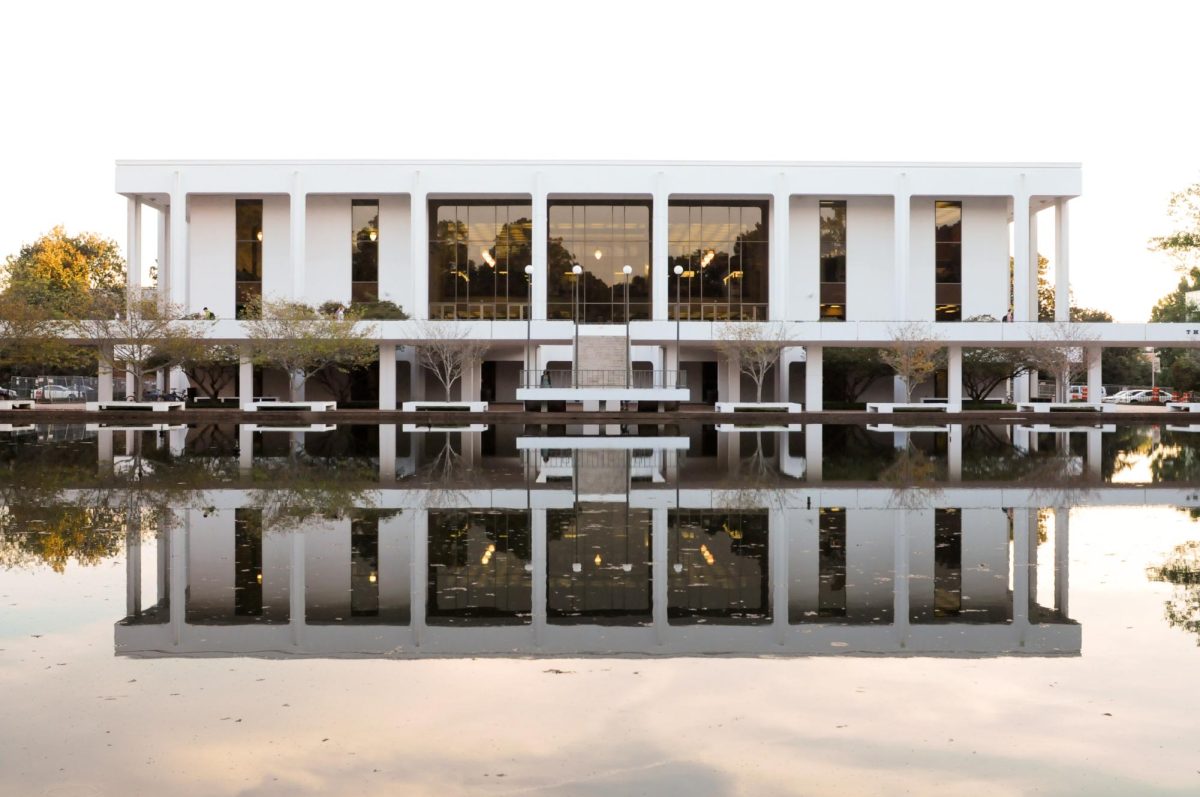EDIT: After finding unverifiable information, The Tiger has removed a line from the column.
This past week, I attended the Slavery and the University Symposium, with Khayla Williams, Killian McDonald, Hannah Connelly, as well as Doctors Rhondda Thomas, Chenjerai Kumanyika and AD Carson. The Symposium is meant to be held as a gathering to discuss universities, slavery, public memory and the built landscape, sponsored by the Slave Dwelling Project and the University of Virginia. Together, we presented a panel on Clemson’s own history in the exploitation of enslaved black workers, entitled “Retain or Remove? Memorialization of Slaveholders, Supremacists and Segregationists at Clemson University.”
Clemson publicized this information via an article in the Newsstand earlier, but chose to remove information. That includes the actual substance of the conference itself, that Charlottesville was the site of a white supremacist rally in August, as well as how prior to Dr Thomas coming to Clemson, the Fort Hill plantation house’s connections to slavery were never discussed or spoken on during tours. The report also neglected to mention that Dr Kumanyika and Carson were there, both having been heavily involved in work to have Clemson’s ties to white supremacy brought to light.
Dr Carson’s work inspired Khayla to become more involved in campus politics, especially following the Cripmas Party of 2014, which is by reports still held yearly. Altogether, this culminated in the Sikes Sit In of 2016, aiming to address issues faced by students of color, in particular black students, on Clemson’s campus. This lasted nine days, and Khayla, Dr Carson and myself were three of the five students detained and arrested unlawfully by the University on the second day.
These events, the general welfare of black students at Clemson since Harvey Gantt first set foot on the campus, and the attitude of both Clemson’s administration and Board of Trustees towards approaching a true retelling and historical acknowledgement of Clemson’s past, in part, compelled Dr Thomas and those of us attending, to go. Dr Thomas has been researching the lives of the African men, women and children who worked as slaves on Fort Hill plantation, and the event has been an opportunity for her continuing research as well as networking with those conducting similar research projects.
In essence, had Clemson taken the initiative to address the concerns of students of color, as well as to deliver on those promises made (as occurred in January 2015), while it may have been important, it’s taken a much more personal turn.
The conference itself was populated by universities across the southeast, in particular I attended panels from Furman University that spoke about conducting similar work as, and with, Dr Thomas, as well as a group of descendents from slaves that worked on the University of Virginia. Many of the universities that came to the conference were interested in sharing their research and discoveries made into the history of enslaved black laborers that worked and lived on the universities. I met several descendents, as well as professors and researchers that expressed thanks for sharing our own work, as well as taking the time to tell me how their information was gleaned and understood. While at Montpelier, it was discovered that one man was a descendent himself, with only a few generations separating himself from those family that were kept in slavery.
Of all this, Clemson was the only university to send undergraduates to present, while there were absolutely undergrads present the four of us were given the only chance to present.
As far as Clemson’s own progress, there has been some made in providing for students, as a result of the Sit In we have gained a more justice oriented introductory program and more funding for the Gantt Multicultural Center, along with greater space. Clemson has since put up memorials for the enslaved workers on the Fort Hill plantation and changed how tours are given of the Fort Hill plantation house, despite a lack of press release.
It seems it’s been incredibly difficult for Clemson as a university to come to terms with its white supremacist past and present. A large part of this entails the founders, and monuments, memorials, and statues on campus. So reprinted below is the essay I wrote in preparation for the conference, which I read and spoke about at the panel.
Clemson University and South Carolina both have played a part in the racialization of Confederate memorialization as reaction to black liberation and demonstration of white supremacy in times leading up to and during the Civil Rights Movement. This aspect of history is neglected and needs to be revisited. Many of our current historical monuments that are in homage to the 19th century, particularly those celebrating or honoring Confederate veterans of the Civil War, were created as retrospective works either as passive attacks on black movements to recognize black humanity, as when the Civil Rights Movement began to bubble with the rise of the National Association of Colored People, the resurgence of the Ku Klux Klan and finally the Civil Rights Movement itself.
Clemson University’s Tillman Hall was one of those institutions. Created in 1893 by predominately African American convict laborers as the Old Main Building, it functioned as the administrative building for the university at the time. It was renamed in 1946 for Benjamin Tillman, the South Carolina politician and Clemson trustee who helped to establish the university. Tillman himself was an unabashed white supremacist, a man who used populist ideals to champion himself into the office of state governor by 1890, and of key note led the Hamburg Massacre in which six black men were lynched by a mob of his making. This massacre and his rise to power was created through the Red Shirts, a Klan surrogate that was more militaristic in feature, formed after the Klan dissolved roughly in 1871. The Red Shirts captured over thirty black men, killing over seven people in Hamburg, in open defiance of the governorship at the time, and despite protests from the three existing black lawmakers, governmental forces took no action against Tillman and the Red Shirts.
However, in this Tillman was an incredibly specific white supremacist, in that he believed the bourgeoisie didn’t constitute proper white men, but rather they existed as enemies of the farmers because the upper class of the South was too sympathetic to black people, that they had been tainted. In his race for governor and push for political power in the South, he agitated within the Democratic Party for a more insolent white supremacy rather than a passive one. When he was elected governor, it was widely known that he had participated in the Hamburg Massacre.
That was not lost on the people of the 1940s, and with the rise of the Southern Dixiecrats, Clemson trustees renamed Old Main as Tillman Hall. In South Carolina, James F Byrnes, of note, rose to prominence in Congress bearing the legacy and ideals of Tillman. He voted against anti-lynching measures and fought against New Deal agriculture reforms as well, which kept a majority of black agricultural workers from enjoying the same protections afforded by other types of workers. By 1940, Tillman’s statue was introduced at the South Carolina State House, and in 1946, Old Main at Clemson University took on a new name through the work of Byrnes pushing the senate to adopt the name.
In a similar vein, the South Carolina State House later took on more Confederate memorabilia in the form of the Confederate battle flag, erected initially in 1962 by the governor of the state to protest desegregation following the Brown v. Board of Education decision, as well as statues of Byrnes erected in 1972 and Confederate soldiers installed in 1979 on the South Carolina statehouse grounds. The Confederate flag was finally taken down from the grounds as of 2015, first by Bree Newsome, a black woman and activist from Charlotte on June 27 and then by the state itself on July 10. All of this came following the massacre of the Charleston Nine at the Emmanuel AME Church in the historic downtown district and subsequent capture of Dylann Roof. At this time, Roof, who is being kept in the Charleston detention center, has been assaulted at least once already by other inmates, and has refused legal assistance by state provided legal counsel because the counsel was deemed not white enough, and due to the fact that the counsel offered had Jewish physical features, by his own terms. Much of this reworking of the memorials and lionizing of the Confederacy was done through Klan and white supremacist Klan-adjacent groups like the United Daughters of the Confederacy, who ideally wanted to both push the “Lost Cause” narrative of the South, as well as to rewrite the history surrounding the Confederacy, idolizing the well-known phrase of “heritage, not hate” and shifting focus from the racialized context and tone of the Confederate secession towards a family and military worship of the dead soldiers, and the idea that by erecting the statues we can avoid the mistakes of the past. Or pretend rather, that history books and records aside from public view do not exist nor are capable of carrying the same weight and gravity that a statue may instead. At Clemson, Daughters of the Confederacy sponsored annual birthday celebrations for Robert E Lee, helped to refurbish the Fort Hill Plantation House, are active in their sponsorship of military balls, and host Memorial Day celebrations for the ROTC students as a way to honor the fallen Confederates.
The Heritage Act is significant in South Carolina, it was sponsored by Clemson Trustee David Wilkins, and states that no historical monument can be moved or altered without the agreement of a two thirds majority in the South Carolina Assembly. This has affected efforts to remove the Confederate flag from the State House grounds, as well as work done at the university to rename buildings like Old Main to their former glory. In pushes by different student activists since the passage of the law, and a deeper introspective of the effects of the Confederacy and white supremacy on the campus grounds at Clemson, the Heritage Act has been held up as a general blockade to prevent even open discussions of possible changes. It took an amendment of this act following the deaths of the Charleston Nine to even make it possible to remove the flag from the State House grounds. In fact, before that the only modification that occurred because of the Act happened when Strom Thurmond’s (secret, she only revealed this nine years before she died in 2004) biracial daughter was added to his statue next to the State House. Despite Thurmond’s own stark history of white supremacy both as a Senator and Governor, one of Clemson’s own buildings on campus is named for him as well.
While we can most certainly appreciate the idea that statues and public monuments to our past and the figures prominent within that are important to knowing history and preserving it in a way that presents a larger than life realization, the context of the statues and memorabilia cannot be erased either, in that all of them fail to both significantly address the racialization of the Confederate policy towards the colonized people that the war centered around, and honor the dead rather than teach any sort of lesson about the reasons that the Civil War was fought or the consequences of such things. In effect, having statues that exist, and were created as reaction to black liberation, to set the tone of a Jim Crow South, does very little to educate rather than to create a unique atmosphere of hostility towards the colonized folks that live and strive for a better life in the region. Rather than confront the white supremacy endemic to their very existence, there is a glorification instead of confronting that very issue.
Categories:
Acknowledgement: a look at the intersections of racism, South Carolina, Clemson
Ian Anderson, Contributor
October 30, 2017
0
Donate to The Tiger
Your donation will support the student journalists of Clemson University. Your contribution will allow us to purchase equipment and cover our annual website hosting costs.
More to Discover







